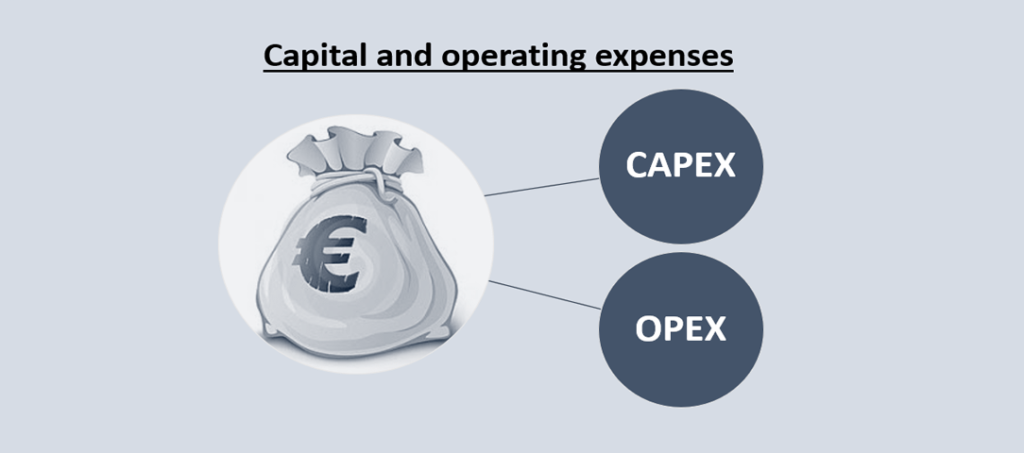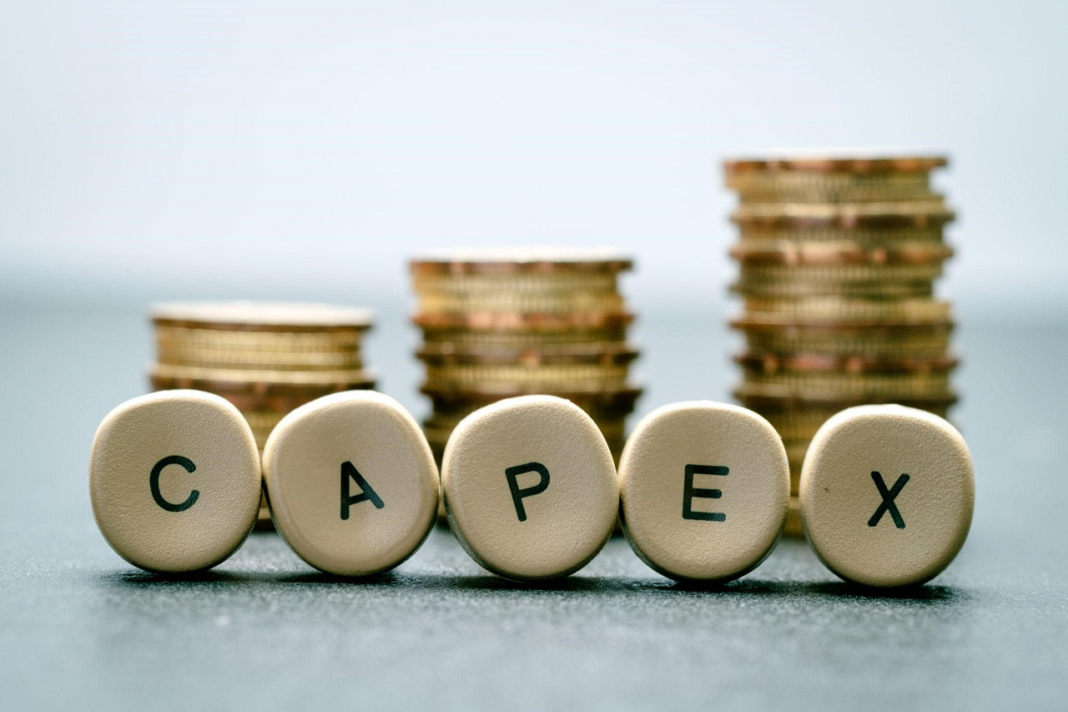Capital expenditures (CapEx) are funds used by a company to acquire or upgrade physical assets such as property, industrial buildings, or equipment. This type of spending is usually done with the expectation that the investment will generate future economic benefits. In order to finance a CapEx project, a company will often use debt or equity.

Debt financing means taking out loans, while equity financing involves selling ownership stakes in the company to investors. While CapEx can be a significant expense for a company, it is important to remember that these investments are made with the expectation of generating future revenue. As such, CapEx is considered to be a long-term investment.
What is CapEx?
Capital expenditures (CapEx) are funds used by a company to acquire, upgrade, or extend its physical assets. These assets may include property, buildings, factories, equipment, or land. CapEx is often used to finance long-term projects such as the construction of a new factory or the purchase of new equipment.
Companies typically finance CapEx through a combination of debt and equity. Debt financing includes loans from banks or other financial institutions. Equity financing includes issuing new shares of stock or selling existing shares to raise cash.
CapEx is different from operating expenses (OpEx), which are the funds used to cover a company’s daily expenses such as rent, utilities, and employee salaries. While OpEx can be considered part of a company’s overhead costs, CapEx represents a more significant investment in the company’s future growth.
Because CapEx can be expensive, companies often choose to finance it through debt financing. However, this can increase the company’s risk if the project does not go as planned. For this reason, companies must carefully consider their CapEx projects before committing to them.
How is CapEx Used?
Capital expenditures (CapEx) are a company’s investments in long-term assets, such as property, factories, or equipment. CapEx is used to finance a wide variety of business initiatives, such as new product development, expansion into new markets, or upgrading existing facilities.
Companies typically finance CapEx through a combination of debt and equity. Equity financing comes from internal sources, such as retained earnings, while debt financing is typically in the form of bonds or loans.
CapEx can be a major source of cash flow volatility for companies. This is because CapEx is often lumpy, meaning that it can fluctuate significantly from one period to the next. As a result, companies must carefully manage their CapEx budget in order to avoid any negative surprises.
What are the Pros and Cons of CapEx?
There are a few pros and cons of capital expenditures that business owners should be aware of before taking on any big projects.
PRO
- CapEx can help improve your business’s productivity by increasing the amount or quality of output.
- It can also lead to cost savings in the long run as newer, more efficient machinery is usually cheaper to operate than older models.
- Investing in CapEx can also make your business more attractive to potential investors and partners.
CON
- The upfront costs of CapEx can be significant, which may put strain on your business’s cash flow in the short term.
- There is also always a certain amount of risk involved with investing in new projects, as there is no guarantee that they will pan out as planned.
- CapEx can also tie up a lot of your company’s funds that could be used for other purposes such as marketing or research and development.
How Do You Calculate CapEx?
To calculate capital expenditures, businesses must first determine which projects or assets will fall under the category of CapEx. Once this is established, businesses must then estimate the total cost of these projects or assets. This can be done by taking into account the purchase price, installation costs, and any other necessary expenses. After all costs are accounted for, businesses can then begin to calculate their return on investment (ROI) for each project or asset.
The ROI is determined by dividing the total cost of the project or asset by the expected benefits or savings that it will generate. This figure will give businesses an idea of whether or not a particular project or asset is worth investing in.
Also Read: What Are FIIs & DIIs in the Stock Market? FIIs DIIs investment strategy

